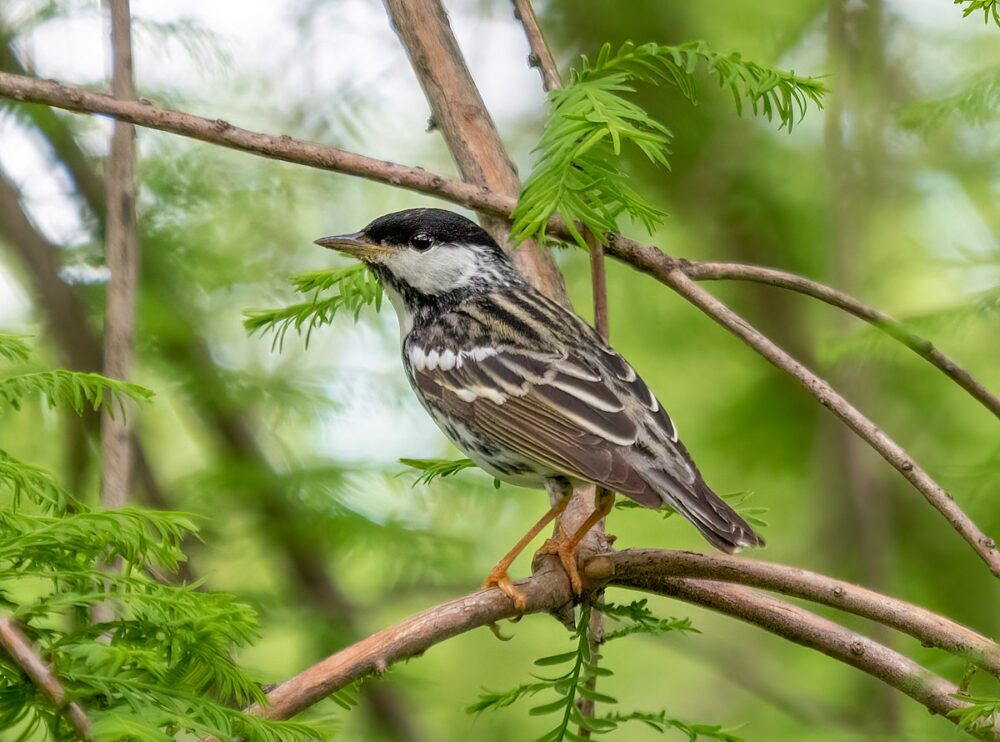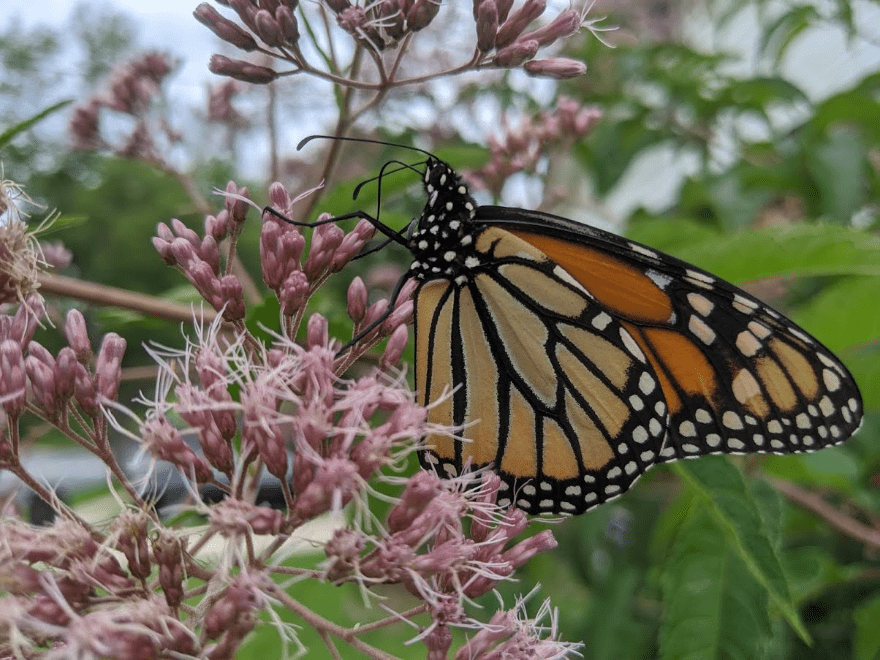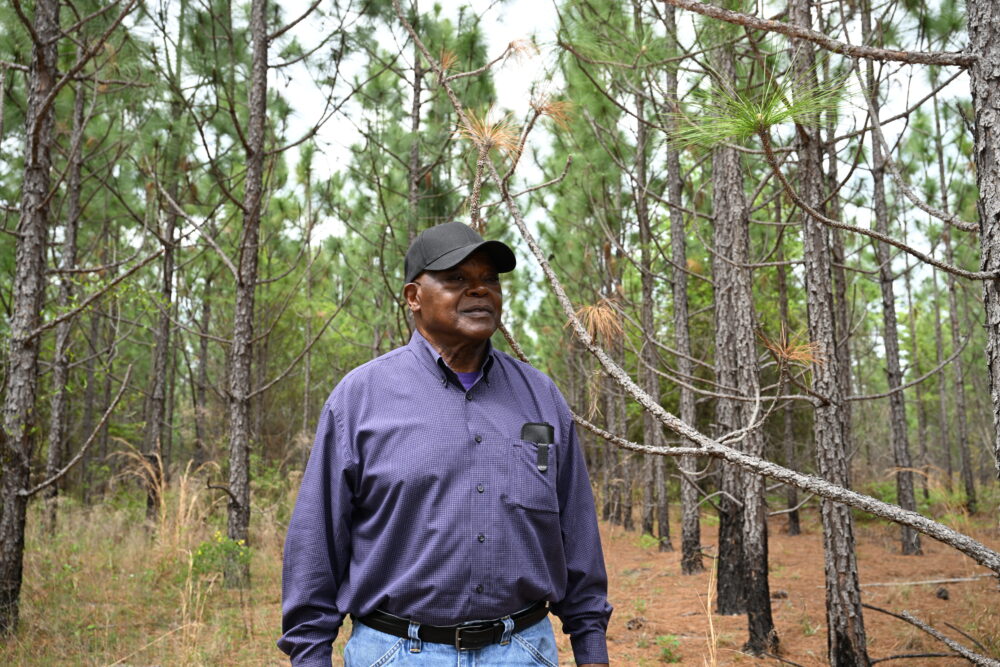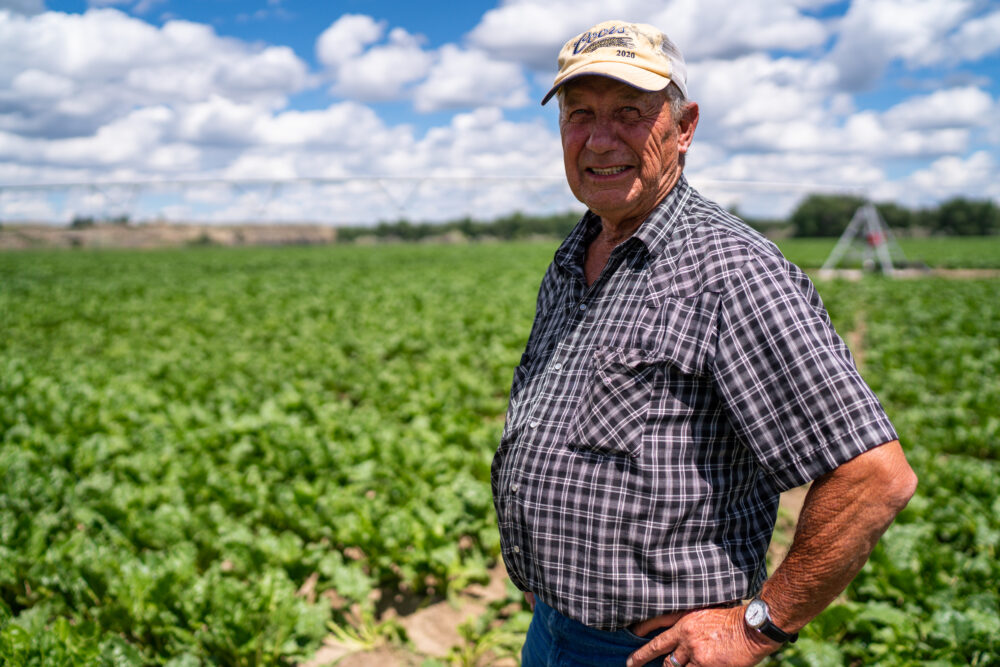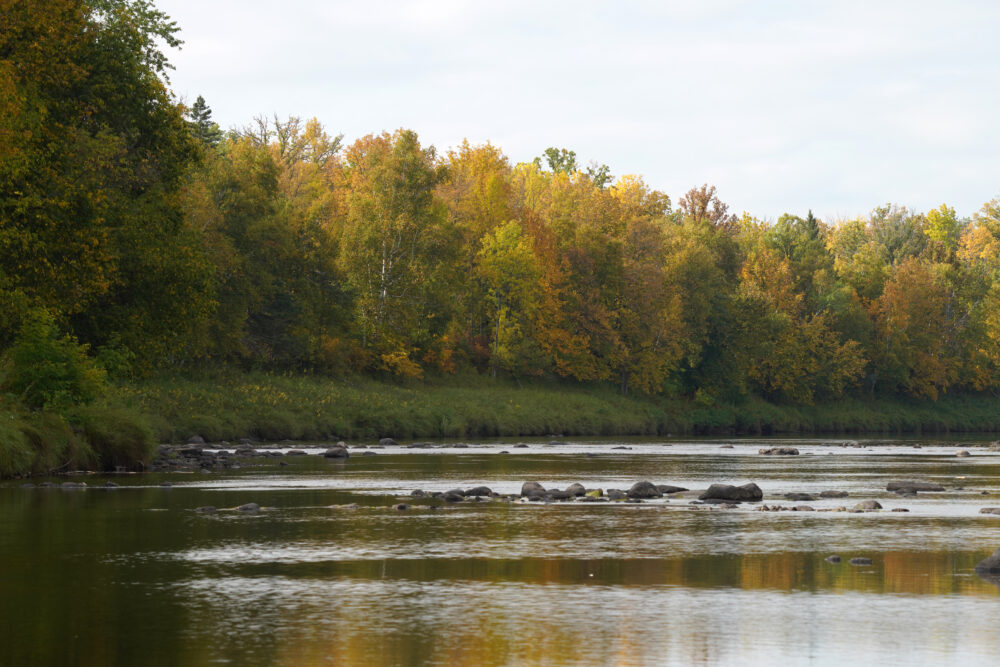We have much more to do and your continued support is needed now more than ever.
Adopt a Wildlife Acre, Grow the Herd

The Reintroduction of Bighorn Sheep
Bighorn sheep are an iconic species that historically inhabited a broad range of the western mountainous regions of North American, stretching from southern Canada to Mexico. Named for their dramatic, curved horns, they are renowned for a “ram-bunctious” mating ritual. In this noisy competition, two males charge each other at full speed, reaching up to 40 miles an hour.
The sound of bashing horns creates a crack that can be heard a mile away. Yet, while they might bash heads during the rutting season, bighorn stick together to confront danger, standing in groups, facing different directions, which allows them to keep watch on their surroundings—and predators.
Regardless of their efforts to stay safe, these magnificent herds have flirted with disappearance due to various threats, from loss of habitat, to diseases carried by their domestic counterparts. Populations occupy less than 15% of their historic range and remain under continuous threats.
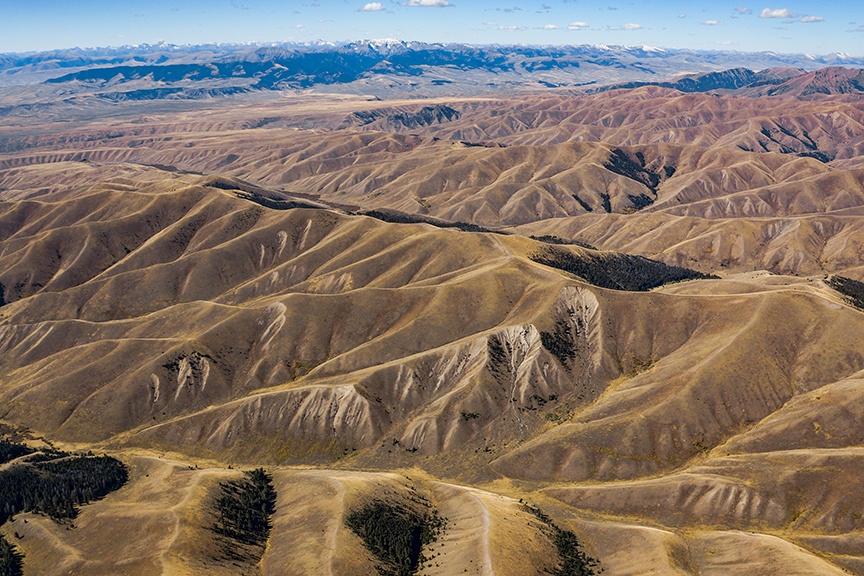
While herds have begun to recover with the help of conservation efforts, they are still in big trouble, especially in regard to disease issues. For this reason, the National Wildlife Federation continues to put a conservation focus on bighorn sheep, with innovative approaches and sustained investment.
Unfortunately, Mycoplasma ovipneumoniae, an often fatal respiratory pathogen, has proven difficult to eradicate in wild sheep. A single contact between a domestic and bighorn sheep can lead to the demise of 90% or more of an entire herd in a few short months.
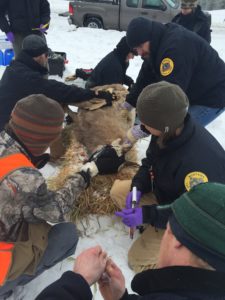
“When you have expertise and steadfast commitment, you can forge a clear path toward successfully ensuring these animals recover and thrive,” said Kit Fischer, director of wildlife programs, Rocky Mountains, Prairies, and Pacific Region. One such approach creates separation between wild and domestic sheep on public land through voluntary grazing allotment retirements.
“This work has been immensely successful, and thanks to a network of generous supporters, we have retired over 1.5 million acres of conflict grazing areas over the past twenty years, protecting dozens of bighorn sheep herds that faced risk of disease die-offs.”
Counting Sheep
The most recent success story began eight years ago, in the Tendoy Mountains of southwest Montana. The National Wildlife Federation worked with partners to retire two critical domestic sheep allotments, in Indian Creek and Bear Canyon. In addition, the team secured several retired allotments south of the Tendoys in the North Beaverhead Mountains that also posed a significant risk of disease contact.
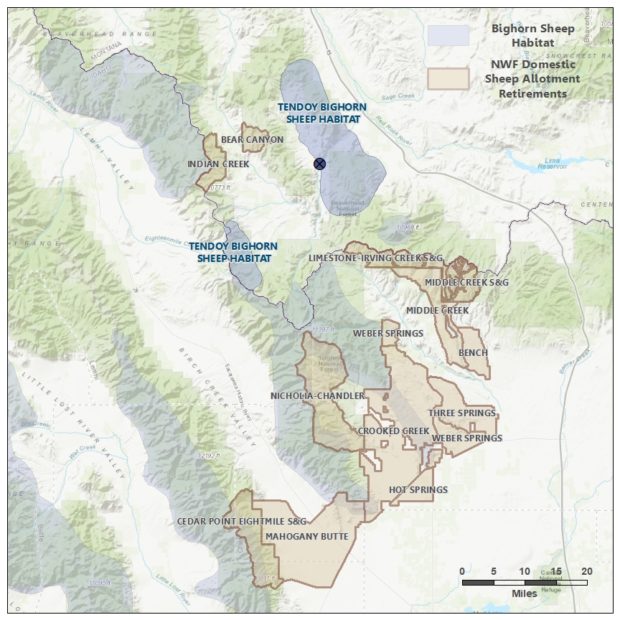
Bighorns in the Tendoys had long battled disease issues and by reducing the disease vector, the stage was set for a recovery plan. However, the path to wildlife recovery isn’t always a straight one. Biologists determined that the herd would never fully recover if the disease remained among the herd. That led the Montana Fish, Wildlife and Parks to approve a controversial plan for hunters to kill the remaining 50 animals in the Tendoys with a goal to ultimately replace those sheep with disease-free animals from elsewhere in the state.
An exciting chapter in this project unfolded this year, on a crisp, winter morning at the mouth of Muddy Creek, near Lima. Biologists with Montana Fish, Wildlife & Parks unlatched the door of an animal trailer containing 27 sheep, including two lambs, captured from Wild Horse Island on Flathead Lake.
The sheep bolted from the back of a trailer into a vast meadow, dashing toward the prime habitat in the mountainous terrain, where they’ll find their new home. All the animals were fitted with GPS collars, allowing biologists to track their movements and ensure that they are adapting to their new surroundings—and hopefully staying clear of resident mountain lions.
Restoring Wildlife and Wild Lands
Next year we hope to build on our successes when biologists will transplant an additional 25 animals to the Tendoys, growing the new, disease-free herd so it will flourish and expand. The National Wildlife Federation has invested nearly $500,000 into the reintroduction of bighorns to their historic range, with additional sustained and generous support from individual donors and various conservation groups, including the Montana Wild Sheep Foundation and the national Wild Sheep Foundation.
The work that we began in the Tendoys eight years ago has restored a legacy to our western landscape. This would not have been possible without the important work that began eight years ago to remove the threat of contact between domestic and bighorn sheep. We can build on this momentum, one acre at a time with your support….
For more information or to support our efforts with the Adopt a Wildlife Acre / Wildlife Conflict Resolution Program, visit our website nwf.org/wcr.




